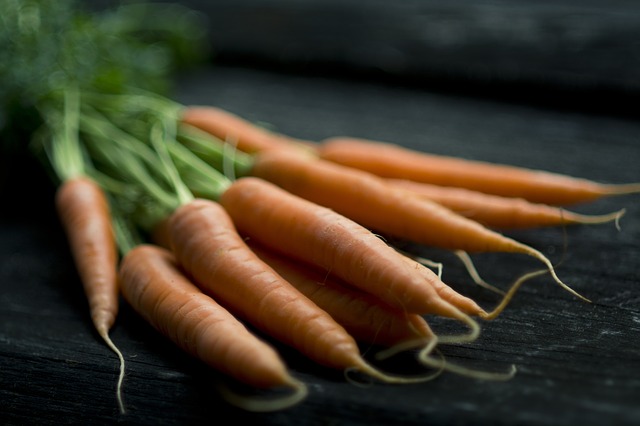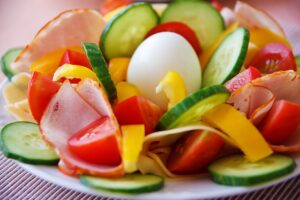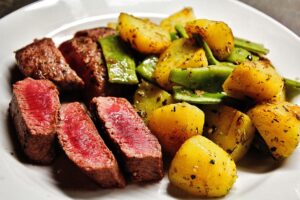Introduction
Asian vegetarian meals are a popular choice for those who follow a vegetarian diet or simply enjoy the flavors and variety of Asian cuisine. These meals are characterized by their use of plant-based ingredients, such as vegetables, grains, legumes, and tofu, combined with aromatic herbs and spices. In this article, we will explore the components and flavors of Asian vegetarian meals, as well as some popular dishes from different Asian cuisines.
Components of Asian Vegetarian Meals
Rice and Noodles: Rice and noodles are staple ingredients in Asian cuisine and form the base of many vegetarian meals. Rice is a versatile grain that can be steamed, fried, or used to make sushi. Noodles come in various forms, such as rice noodles, wheat noodles, or soba noodles, and are often used in soups, stir-fries, or cold salads.
Tofu and Soy Products: Tofu, made from soybeans, is a common protein source in Asian vegetarian meals. It has a mild taste and a soft, silky texture, making it a versatile ingredient that can be used in stir-fries, curries, or soups. Other soy products like tempeh and seitan are also popular alternatives to meat in Asian vegetarian cuisine.
Vegetables and Herbs: Asian vegetarian meals are known for their vibrant and colorful assortment of vegetables. Common vegetables used include bok choy, broccoli, mushrooms, bell peppers, carrots, and bean sprouts. Aromatic herbs and spices like ginger, garlic, lemongrass, and cilantro are often used to add depth and flavor to the dishes.
Sauces and Condiments: Asian cuisine is renowned for its flavorful sauces and condiments. Soy sauce, hoisin sauce, oyster sauce, and sesame oil are commonly used to enhance the taste of vegetarian dishes. Chili paste, miso paste, and fermented soybean paste (known as doenjang or miso) are also popular for adding a spicy or savory kick to the meals.
Flavors of Asian Vegetarian Meals
Sweet and Sour: Sweet and sour flavors are commonly found in Asian vegetarian dishes. The combination of sweet ingredients like sugar, honey, or fruit with tangy flavors from vinegar or citrus fruits creates a harmonious balance that is both refreshing and satisfying.
Umami: Umami, often described as the fifth taste, is a savory flavor that is prevalent in Asian cuisine. Ingredients like soy sauce, mushrooms, fermented soybean products, and seaweed contribute to the umami taste, adding depth and richness to vegetarian meals.
Spicy: Many Asian cuisines are known for their spicy dishes. Chili peppers, ginger, and garlic are frequently used to add heat and a fiery kick to vegetarian meals. Spiciness can vary from mild to extremely hot, depending on personal preference and regional influences.
Popular Asian Vegetarian Dishes
Pad Thai: Pad Thai is a popular Thai dish made with stir-fried rice noodles, tofu, bean sprouts, peanuts, and a tangy sauce. It is often garnished with lime wedges and fresh cilantro, adding brightness to the dish.
Bibimbap: Bibimbap is a Korean rice dish that consists of a bowl of steamed rice topped with various sautéed and seasoned vegetables, tofu, and a spicy chili paste called gochujang. It is typically served with a fried egg on top.
Masoor Dal: Masoor dal is a comforting Indian lentil dish made with red lentils, tomatoes, onions, and a blend of aromatic spices. It is often served with rice or flatbread and is a staple in many Indian households.
Conclusion
Asian vegetarian meals are a delightful fusion of flavors, colors, and textures. With a focus on plant-based ingredients, these meals offer a wide variety of options for those following a vegetarian diet or simply looking to explore the diverse world of Asian cuisine. From rice and noodles to tofu and vegetables, the components and flavors of Asian vegetarian meals are sure to satisfy even the most discerning palate.
References
– www.thespruceeats.com
– www.veganlovlie.com
– www.vegetariantimes.com











